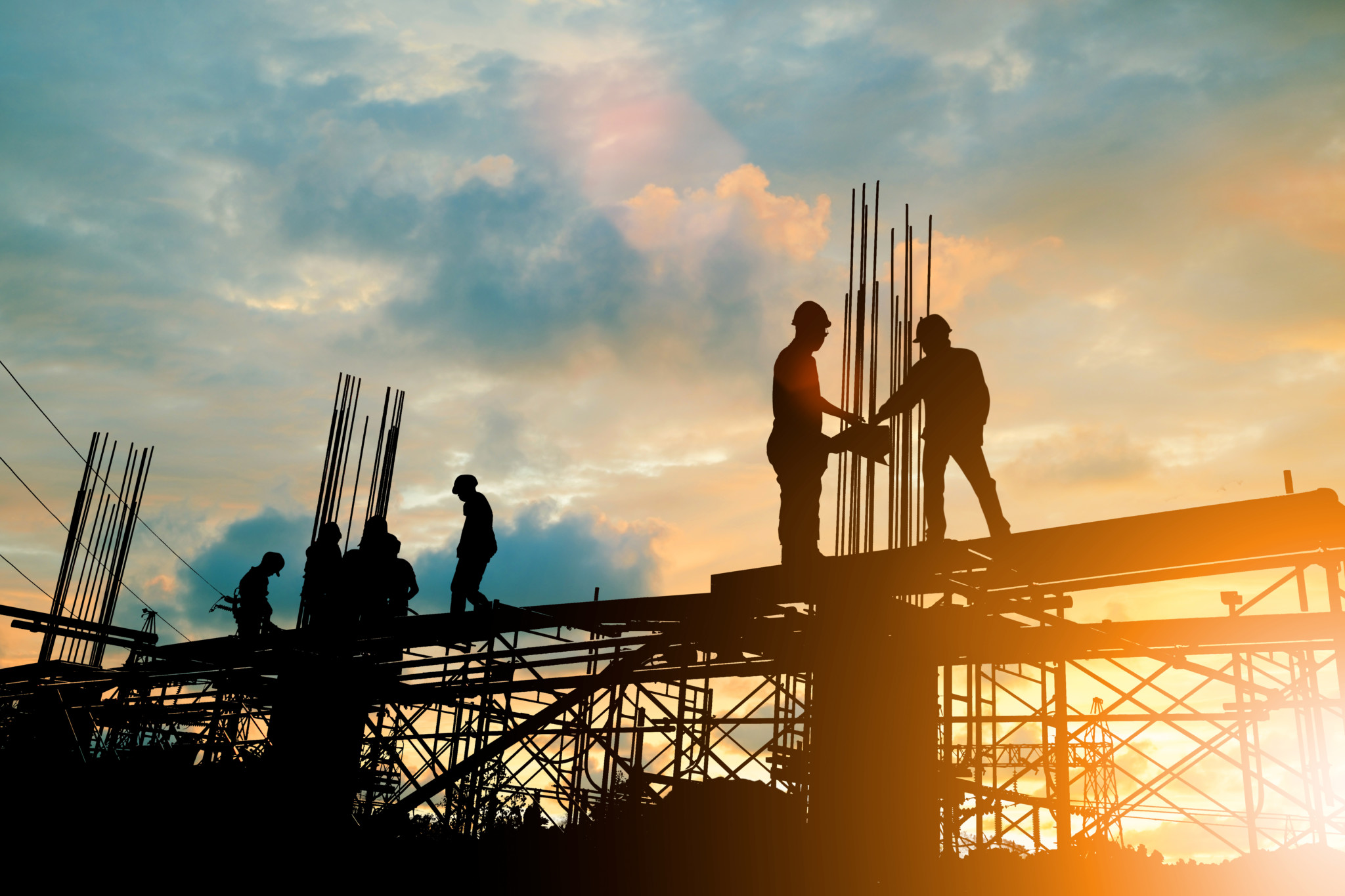Infrastructure. It is a word frequently mentioned in various circles with little follow-through or tangible results to speak of, particularly at the national level. We’ve all heard of the “dismal state of our nation’s infrastructure” and how it is “crumbling” from politicians on both sides of the aisle, and for good reason. It’s certainly true. Of all the different, varied types of infrastructure employed across the nation – energy, airports, rail, roads, solid waste treatment etc. – we find our country is the recipient of a dismal D+ grade on average. It varies from state to state, region to region and category to category (you can check your state’s ASCE 2018 report card here).
The current administration has put forth a prominent push to invest in our national infrastructure (See a breakdown of the 2019 federal budget here). However, in spite of this, there is still a significant amount of inertia in both securing and enacting the funding of this level of program. Now, in light of the pandemic crisis that our nation is facing, as well as a host of other issues that we must reckon with, it is certainly hard to look toward this kind of program as essential. Consistently, the largest parts of the federal budget are occupied by the following: National Defense (18.2%), Medicare (17.4%), Social Security (16.9%), healthcare services (11.6%), income security (9.8%) and 8.1% going toward interest on the federal deficit. The categories of the budget that would correlate to “Infrastructure” would be Community and Regional Development (1.2%), Education (1.7%), Transportation (1.5%) and Energy (0.3%). You can find this information here.
All in all, this totals to just $157.6B spent on infrastructure, which is less than the amount of interest the country pays on its national debt.
Infrastructure affects our lives everyday in both simple and profound ways, and yet they have languished over the years, routinely placed behind other parts of national and state budgets. It’s strange to see how something so critical can be neglected, much like continuing to drive long after the “check engine light” turns on. Ignoring these critical parts of our day-to-day lives is done at our peril. We hope that they don’t fail, but the damage wrought by, say, bridge failures or catastrophes at power plants are significantly greater than the costs to maintain these items and keep them in working order.
The last several months have been a trying time for all of us, individually but also as collective society. The social and economic damage that months of COVID cases and business closures have begun to paint a bleak picture of the road to recovery for our country. However, this is not intended to be a message of despair, but rather one of hope.
In times of great disarray, we need common ground that allows us to band together. Something to rally behind, something that allows us to pick ourselves up and dust ourselves off and try to rebuild. Infrastructure may very well be that flag that we can all rally behind. As part of the greater milieu of the built-environment, it’s the perfect intersection of investment in ourselves and our society, a both literal and figurative expression of our unsinkable nature.
If we turn our gaze backward 90 years to the Great Depression, we can see some similarities between our current status quo and the state of things then. Certainly it was far worse in 1929, but the long-term outlook for 2020 is not rosy either. Two of the most successful programs that emerged from FDR’s New Deal were the Civilian Conservation Corps (CCC) and the Works Progress Administration (WPA). These two agencies created numerous programs and projects that were intended to invest in both the American people and the public services that we needed to make our society functional and to allow the nation to recover from the wounds inflicted by the stock market crash of 1929. Specifically these were ways of simultaneously employing out-of-work Americans and also developing roads, parks, dams and other municipal/governmental projects. The success of these programs rested in its ability to weave together a win-win situation. Society benefited from the renewal of its public areas, the creation of cutting edge transit and municipal projects, and people who had found themselves down on their luck, found a renewed sense of optimism and purpose.
The COVID-19 crisis has been sinister in its scope and scale – both in the lives lost and shattered, but also for the damage that it’s done to the psyche of our country. To put it succinctly, we are in need of a win these days, to keep our hope renewed and for a fresh infusion of morale. We need a new interpretation of the CCC or WPA to pull us out of these dark times, to give us something to aspire toward. Nothing is more inspirational than the notion of rebuilding something that is broken. We know just how deep the damage goes – right to the foundations of everything. But we also know that nothing is so damaged that it cannot be fixed when we band together to solve our problems as a nation. Will this fix all of our problems? No. But that’s the biggest strength of our nation – our resolve. We rally together and develop solutions. We solve a problem as best as we can, and we move on to the next one.
 Adam J. Bradshaw originally studied biology, graduating from the University of California, San Diego with a B.S. general biology in 2008, with the hopes of eventually pursuing graduate studies in ecology and earth systems. He worked in the biotech industry for a time before discovering his interest in architecture. He quickly realized that it was a strangely serendipitous path that allowed him to channel both his creative side and logical side into one. In 2016, Adam obtained his masters degree in architecture from the University of Nevada, Las Vegas, with an emphasis on building science and sustainability, with a thesis titled Water Harvesting Methods and the Built Environment: The Role of Architecture in Providing Water Security. Adam views architecture as a set of tools that, when implemented with careful attention, can be used to solve a number of environmental and anthropological problems intertwined with the built-environment.
Adam J. Bradshaw originally studied biology, graduating from the University of California, San Diego with a B.S. general biology in 2008, with the hopes of eventually pursuing graduate studies in ecology and earth systems. He worked in the biotech industry for a time before discovering his interest in architecture. He quickly realized that it was a strangely serendipitous path that allowed him to channel both his creative side and logical side into one. In 2016, Adam obtained his masters degree in architecture from the University of Nevada, Las Vegas, with an emphasis on building science and sustainability, with a thesis titled Water Harvesting Methods and the Built Environment: The Role of Architecture in Providing Water Security. Adam views architecture as a set of tools that, when implemented with careful attention, can be used to solve a number of environmental and anthropological problems intertwined with the built-environment.
